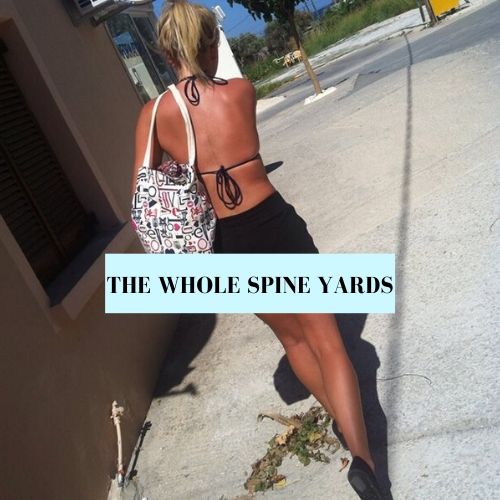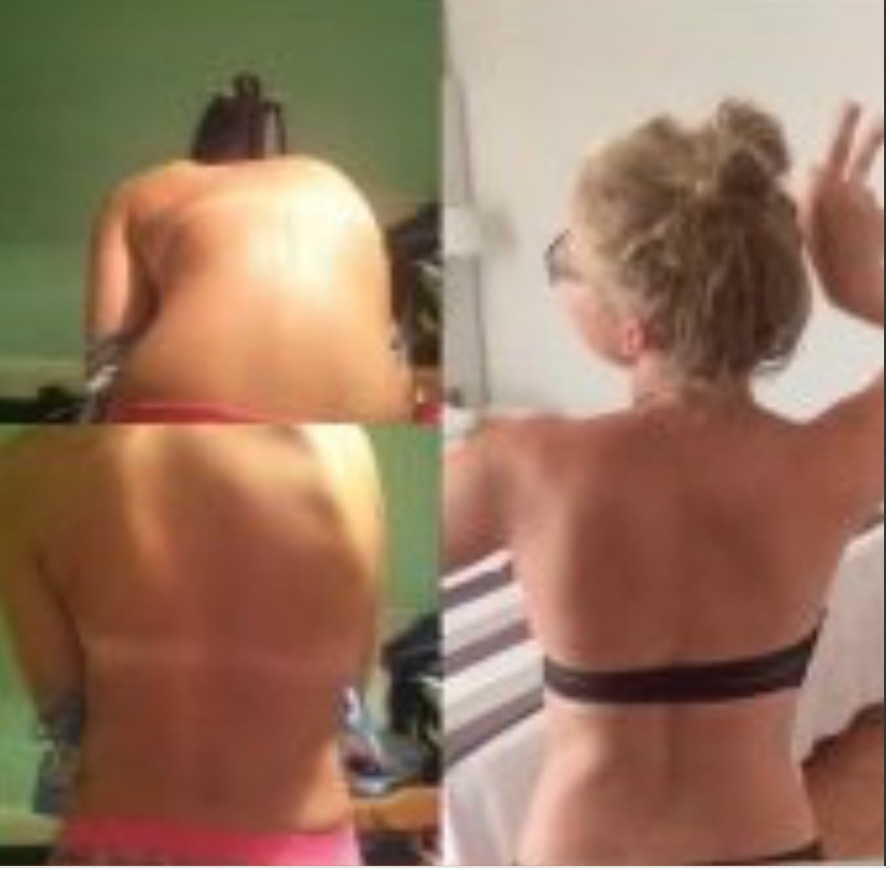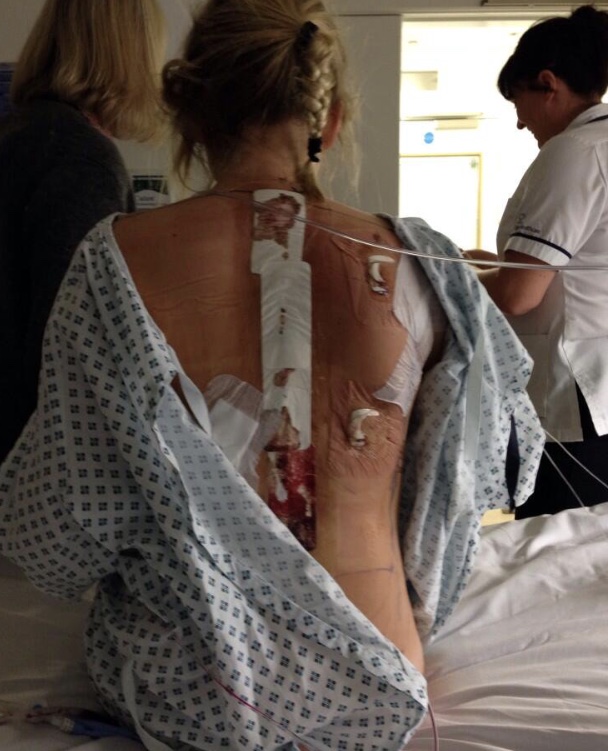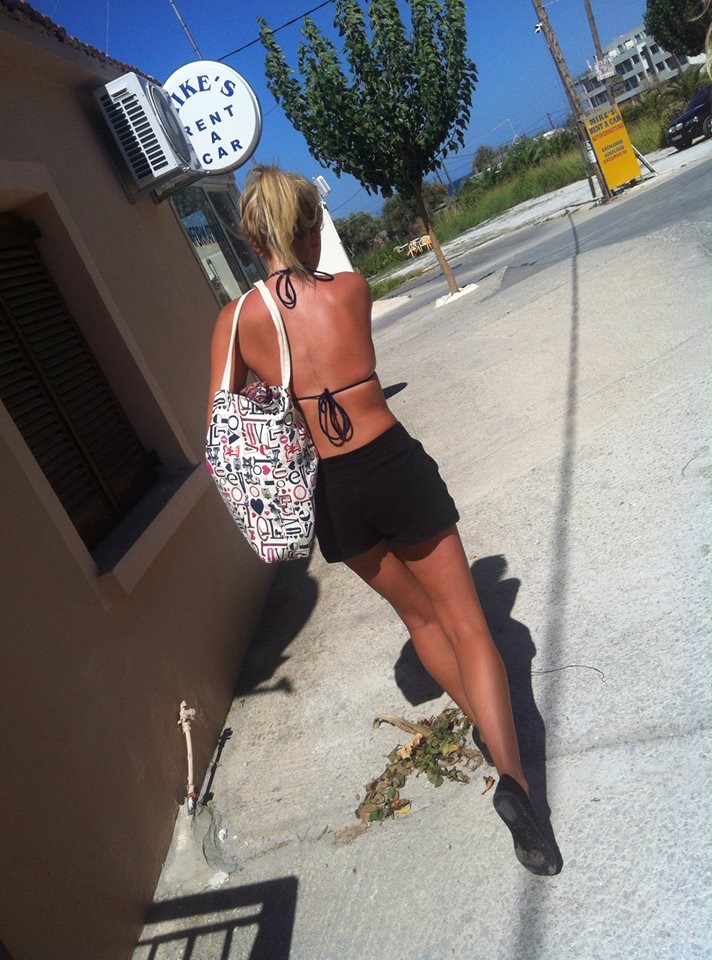
“What is the greatest lesson a woman should learn? That since day one, she’s already had all she needs within herself. It’s the world that convinced her she did not.” – Rupi Kaur
When do I feel like a woman?
I feel like a woman when I park my car perfectly straight into a space, without having to readjust its position. I feel like a woman when I put food in the oven and it doesn’t end up with a charcoaled taste. I feel like a woman when I whack out an assignment, well before its deadline. I feel like a woman when I yell “Yasssss Queen!” at one of my friends or visa versa, for picking a particularly good outfit to go out clubbing in.
I feel like a woman when I am at my strongest.
For me, calling myself a woman still has a funny ring to it. I realise I am no longer a girl yet a lot of the time, I feel as if the title of ‘woman’ is like a jumper I am waiting to grow into.
I believe I am still transitioning into myself, but then when aren’t we? None of us are the finished article, and I always believe there is room for improvement.
That said, I can talk about what I have learnt so far in my transition into womanhood, and what I believe describes it best. To me, three words instantly strike me when I think about being a woman. These three words are perseverance, strength and acceptance which I think all go hand in hand.
Perseverance
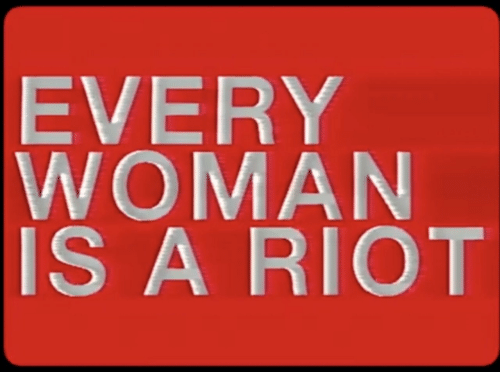
As humans, only good can come when we persevere. As women, the seemingly unimaginable can and has happened. Female’s perseverance is littered throughout history and although we are not completely equal to men across the world, we would not be experiencing the freedoms we have today without it.
The most impactful movement that comes to mind when considering perseverance was ‘the right to vote’ in the 1900’s; which was campaigned for by The Suffragettes. These women radically campaigned for their voices to be heard and were willing to be abused, imprisoned and even die for their cause. This suffrage was a huge trigger for the waves of female liberation that stretched across the 20th and 21st Centuries.
This meant that women could now own property, manage their own money and almost speak their minds in the same way that men had always been able to.However, I’m in no way suggesting that we all take such extreme tactics to reach our goals, often we don’t need to.
However, I believe it is incredibly important to recognise why in western society we now have the freedoms we do. Personally I use The Suffragettes movement, to inspire me to fight for what I believe in and use the power they helped me to gain.
Strength
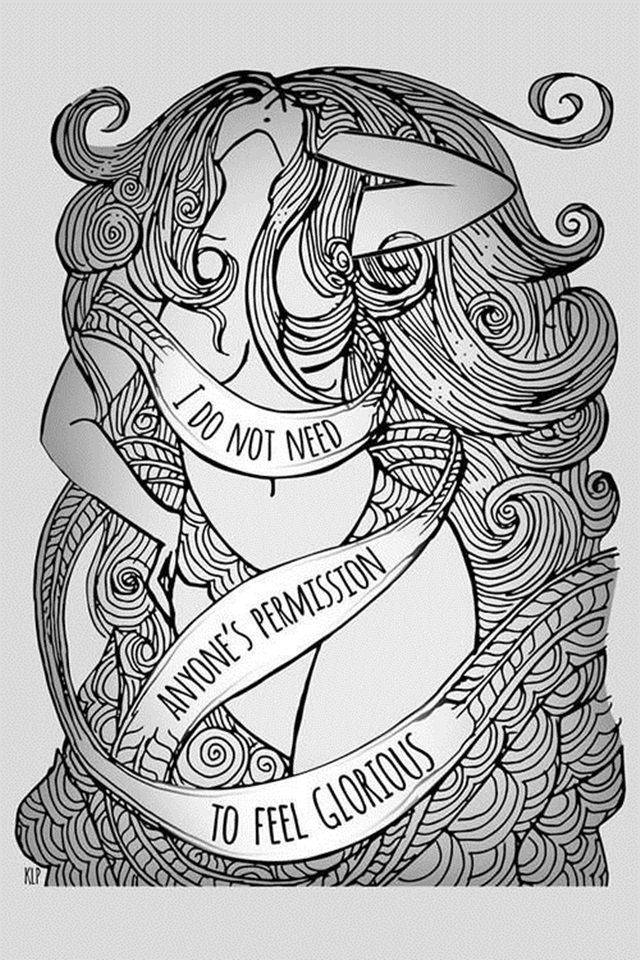
“The best protection any woman can have is courage!” -Elizabeth Cady Stanton
In order for women to persevere, we need strength. Strength of character does not come easily for a lot of people. We must analyse our deepest beliefs and truths to find it, we must stick to our causes and understand that we can achieve anything we put our mind to.
My strength comes from my belief that God is always with me and helping me fight my battles. He gives me my badass strength and this is a big part of why I have such a strong sense of self.
On top of this, I constantly remind myself of all I’ve achieved and tell myself “I am strong, I am powerful, I am capable”. When we find our inner strength, we are prepared to own who we are, and laugh in the face of discouragement.
We respect ourselves and recognise what precious individuals we are. We become a force to be reckoned with. I believe one woman with might, is stronger than a thousand of the world’s strongest men. Physical strength can weaken and die, but inner strength is eternal.
Acceptance
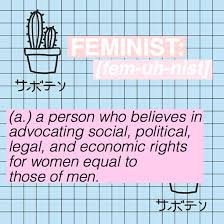
The third quality I believe is prevalent in femininity is acceptance and sometimes the lack of it. Growing up, I like many women struggled with body image. I’ve been fortunate enough to have never had it overtake my eating and behaviour, but I am aware I am blessed for this not to have not been the case. It has been a battle to accept my body for what it is, constantly poking my wide hips and begging them to shrink.
The main culprit for this is comparison.
I was always taller and wider than my friends in primary school, developing early and all at once unlike my friends at school. During sixth form, I struggled with standing next to my slimmer friends in photos. I had an issue with not being like everyone else when the fact is none of us are the same. Above all, I’ve wrongly spent most of my life believing (whether I admitted it or not) that my value was found in my clothes size; when in actual fact it is in my character. This is why the last quality is acceptance.
I want to invite my fellow sisters to learn to accept their bodies for what they are. They are all beautiful, strong homes for our souls to rest in. None is more homely than the other, they all are created specifically for the person who lives inside.
We must learn to love and cherish our bodies for what they are, our safe havens just for us. Even if we upsize or downsize, the thing that makes our homes so great is that who lives inside.
This said we must not peg acceptance as our entire female experience. We must accept ourselves and not accept the poor circumstances we are often put into. We must speak up for when our ‘safe havens’ are taken advantage of, and when the person inside is being belittled. We must realise that our ‘houses’ are ours and only to be shared with another on our invitation.

Georgia Peach
Guest Blogger Instagram – @geeepeach
Georgia is a nineteen-year-old student from Bournemouth, who is about to begin a Bachelor’s degree in Paramedic Science at Bristol UWE (University of the West of England) this September.
